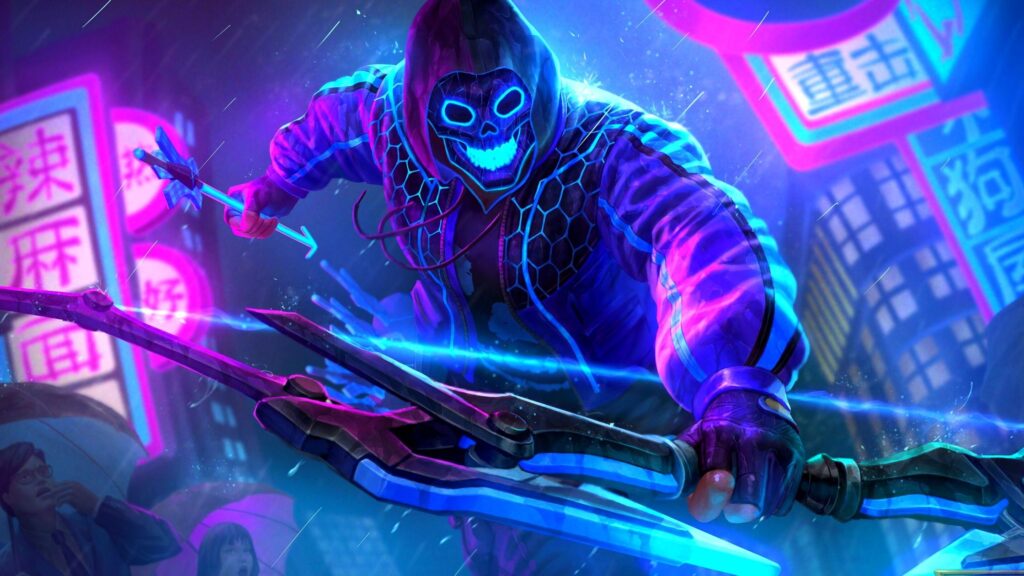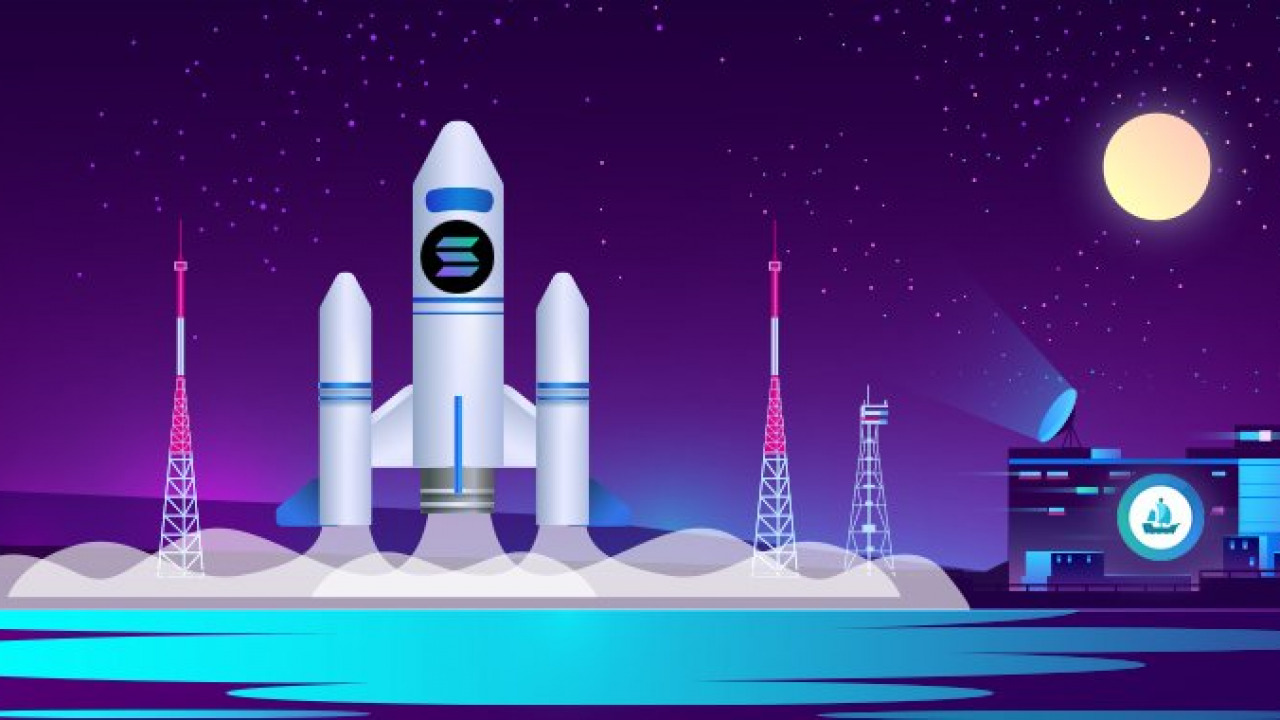Introduction
In recent years, the gaming industry has undergone a dramatic transformation with the rise of NFT gaming and the play-to-earn (P2E) model. Unlike traditional video games, where players spend money on skins, weapons, or characters that ultimately remain tied to the game publisher, NFT games allow players to own, trade, and sell digital assets on blockchain networks. This has turned gaming into more than just a form of entertainment—it has become a way for many players to earn real-world income.
From the outside, the appeal seems obvious: play games, collect unique items, and make money while doing so. Titles like Axie Infinity, The Sandbox, and Illuvium have attracted millions of players worldwide and fueled billions of dollars in trading volume. Yet, beneath the excitement lies a more complex reality. The NFT gaming ecosystem is still in its early stages, and with innovation comes risk.
This article explores not only the opportunities but also the hidden risks of play-to-earn gaming, helping beginners and seasoned players alike make informed decisions in this fast-evolving industry.
See more: These tips will help you understand these best nft games
What Is Play-to-Earn?
The play-to-earn model allows gamers to earn cryptocurrency or NFTs by participating in a game’s ecosystem. These rewards can be traded or sold on open markets, often generating real-world financial returns.
Here’s how it works:
- Players complete quests, battles, or activities within the game.
- Rewards come in the form of NFTs (unique digital items) or tokens (cryptocurrencies native to the game).
- These assets can then be exchanged for other cryptocurrencies, like Ethereum or stablecoins, or even cashed out into traditional money.
Unlike traditional games where assets are locked within a single platform, NFT gaming shifts ownership to the player. A sword earned in one game, represented as an NFT, might be sold to another player or even carried across compatible gaming platforms.
While this model has given rise to new career opportunities—particularly in developing countries where players rely on play-to-earn as a form of income—it also introduces economic risks that traditional gamers never had to consider.
How NFTs Add Value to Gaming
NFTs, or non-fungible tokens, are unique digital certificates stored on a blockchain that prove ownership of an asset. In gaming, this might include characters, weapons, virtual land, or rare skins.
NFTs add value in several key ways:
- True Ownership – Unlike in traditional games where assets disappear if servers shut down, NFT items remain in your digital wallet.
- Scarcity and Value – Developers can program rarity into NFTs, making certain items more valuable due to limited supply.
- Trading and Profit Potential – NFT assets can be listed on marketplaces such as OpenSea, Rarible, or game-specific exchanges.
- Interoperability – In theory, NFTs could be used across multiple games or platforms, creating a broader metaverse experience.
For instance, in The Sandbox, players can purchase parcels of virtual land as NFTs, develop them into attractions, and rent or sell them to others. Similarly, Axie Infinity popularized the idea of collecting creatures (Axies) that could be bred, battled, and sold for profit.
But as values of these assets fluctuate, so does the stability of the ecosystem, creating both opportunity and risk.
The Rise of Play-to-Earn Communities
One of the most fascinating aspects of NFT gaming is how it has created economies and communities around digital worlds.
- Guilds and Scholarships: In countries like the Philippines and Venezuela, gaming guilds provide “scholarships” by lending NFTs to players who can’t afford the often-high entry costs. In return, the guild takes a percentage of the player’s earnings.
- DAO Governance: Many P2E games are governed by decentralized autonomous organizations (DAOs), where players can vote on game updates and ecosystem changes.
- Virtual Real Estate and Social Spaces: Games like Decentraland are evolving into digital societies where players interact, host events, and even run businesses within virtual land plots.
These communities often extend beyond the game itself, forming tight-knit groups on platforms like Discord, where strategies are shared, NFT trades are made, and alliances are formed.
However, while these digital economies sound promising, they are not immune to instability. Over-reliance on player-driven demand can quickly turn these communities into unsustainable bubbles.
Challenges and Concerns
For every success story in NFT gaming, there are just as many cautionary tales. Players must understand the hidden risks before investing time or money into P2E games.

1. Market Volatility
Cryptocurrencies and NFTs are notoriously volatile. The value of in-game tokens can skyrocket one week and crash the next. For example, Axie Infinity’s Smooth Love Potion (SLP) token, once highly profitable, saw its value plummet, leaving many players unable to earn meaningful income.
2. Scams and Fraud
The NFT space is rife with scams, including rug pulls (developers abandoning projects after raising funds), phishing attacks, and fake NFT sales. Without regulation, players must rely heavily on due diligence to avoid losing their investments.
3. High Entry Costs
Some P2E games require expensive NFT purchases before you can start playing. For instance, building a competitive Axie team once cost over $1,000. These high upfront costs can lock out new players or leave them vulnerable if the game loses popularity.
4. Environmental Concerns
NFTs and blockchain transactions, particularly on networks like Ethereum, consume significant energy. Although solutions like proof-of-stake are reducing carbon footprints, environmental concerns remain a sticking point for critics.
5. Regulatory Uncertainty
Governments are still figuring out how to regulate cryptocurrencies and NFTs. Future regulations could impact how P2E games operate, how players are taxed, or whether certain games are even allowed in specific countries.
6. Sustainability Issues
The biggest challenge facing NFT gaming is sustainability. Many P2E models rely on constant new player growth to maintain token value. Without innovation, games risk collapsing into unsustainable “Ponzi-like” structures.
The Future of NFT Gaming
Despite the risks, NFT gaming holds significant promise. The industry is expected to grow rapidly as more developers experiment with blockchain integration and as technology matures.
Predictions for the future include:
- Mainstream Adoption – Major studios like Ubisoft and Square Enix are already exploring blockchain gaming. As more AAA developers enter the space, NFT gaming may become normalized.
- Cross-Game Interoperability – Imagine carrying your NFT sword from one fantasy game into another, or using the same avatar across multiple worlds. This interoperability could define the future of gaming.
- Improved Sustainability Models – Developers are working on more balanced economic systems to avoid token crashes and player exodus. Hybrid models, combining free-to-play with optional NFT integration, may prove more stable.
- Integration with the Metaverse – NFT gaming is expected to play a major role in building the metaverse, where digital assets and economies seamlessly blend with virtual reality.
Ultimately, the future depends on whether developers can balance innovation with long-term player satisfaction and economic stability.
Conclusion
NFT gaming and the play-to-earn model represent one of the most exciting developments in the history of interactive entertainment. They empower players with true digital ownership, create new income streams, and foster thriving online communities that go beyond the game itself.
However, the excitement comes with hidden risks: volatile markets, high entry costs, environmental concerns, scams, and sustainability challenges. For every player who earns a fortune, others may find themselves caught in a downturn or lured by misleading promises.
The key takeaway is this: NFT gaming offers real opportunities but must be approached with caution and responsibility. Beginners should start small, research projects carefully, and remember that, at its core, gaming should remain enjoyable—not just a financial gamble.
As the industry evolves, play-to-earn gaming could redefine the future of digital entertainment, blending work, play, and investment into one dynamic ecosystem. But for now, the wisest players are those who balance optimism with awareness, ensuring that they are not only entertained but also protected in this brave new world of gaming.



